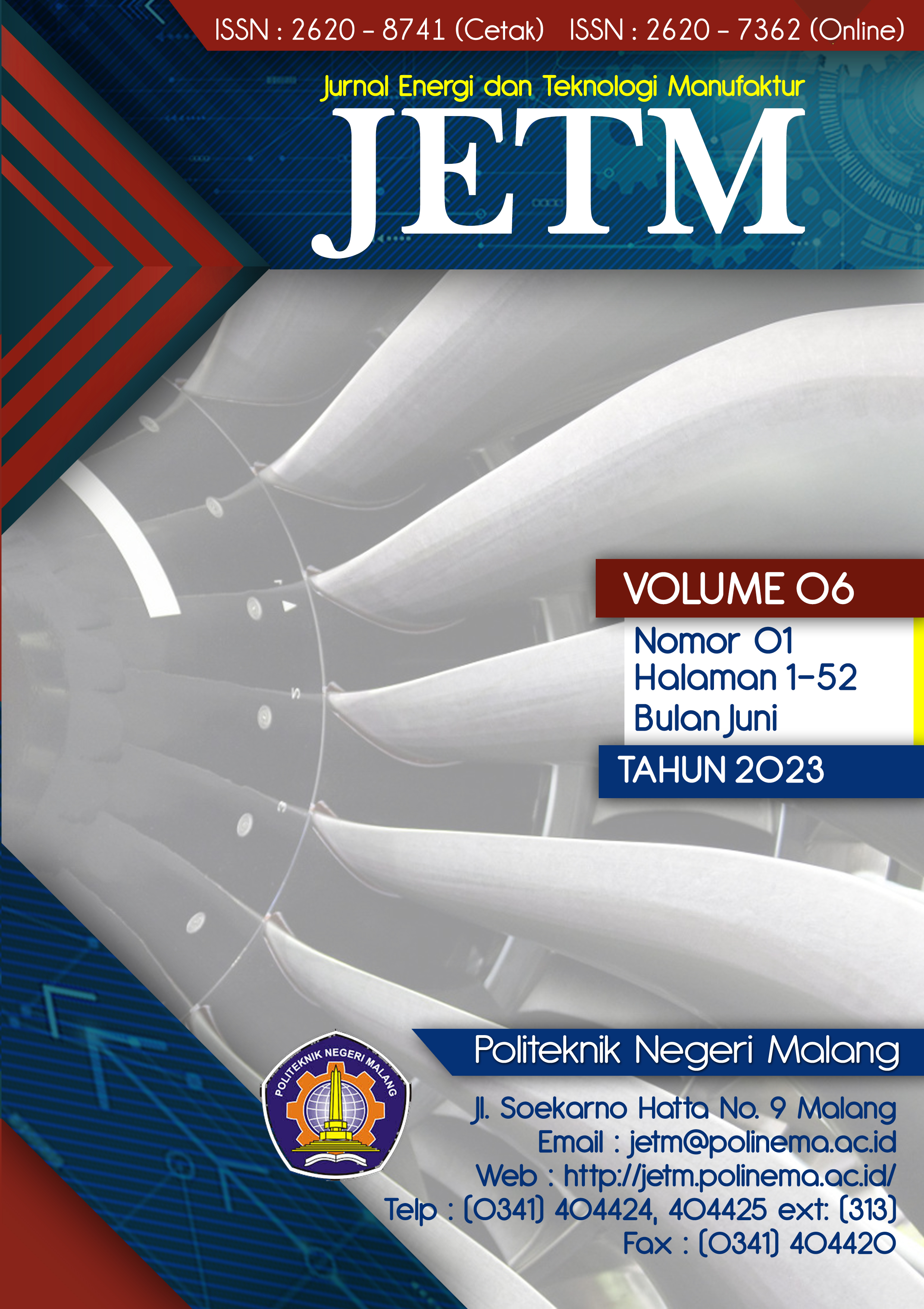METODE CFD UNTUK PENGOLAHAN DATA PENGUKURAN TEMPERATUR DAN ANALISIS DISTRIBUSI TEMPERATUR RUANGAN KRDE
DOI:
https://doi.org/10.33795/jetm.v6i01.1843Keywords:
AC, CFD, temperature distribution, comfort, KRDEAbstract
Temperature to increase the comfort of train passengers. The temperature is conditioned by Air Conditioning (AC) which has a standard for the comfort of train passengers. Good temperature is regulated by the Minister of Transportation Regulation Number 175 of 2015 between 22 ˚C to 26 ˚C. This research correlates with the design and calibration of the SMD-22 (Smart Measurement Device-22) on the Electric Diesel Rail Train (KRDE). The problem of temperature distribution research is not yet known visually. The research solution is to analyze the temperature distribution using the Computational Fluid Dynamics (CFD) method with CFD software. The research objectives were to analyze the temperature distribution of eight test points at KRDE, analyze the distribution of room temperature at KRDE, and analyze the comparison of temperature values for simulation and experimental data collection. Temperature distribution results Eight KRDE data retrieval simulation points found a buoyant force at a distance of 7.76 meters in the Z axis direction. The results of the analysis of the distribution of KRDE room temperature were feasible at 25.20 ˚C. 25.20 ˚C from the calculation of room temperature and the human body. The result of the largest temperature value is due to the large number of human bodies in the middle of the train. While the results of the comparative analysis of the CFD temperature simulation values are close to the experimental values, with the smallest error value of 1.0%-point F. While the largest error is 12.6%-point G and 8.1%-point C. The large error value because the simulated heat source is not taken into account. The ave+rage error value is 5.3 %, so the simulation and experimental comparison error values are within the permissible limits.





